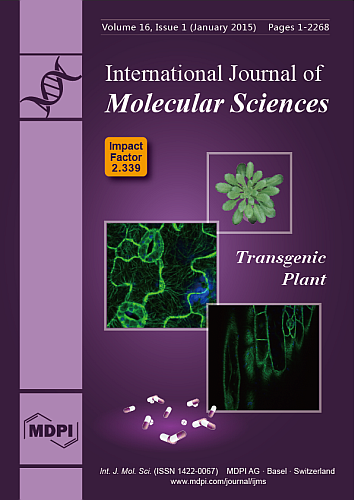1
National Health Service, Department of Mental Health, Psychiatric Service of Diagnosis and Treatment, Hospital "G. Mazzini", ASL 4, 64100 Teramo, Italy
2
Department of Neuroscience and Imaging, University "G. D'Annunzio", 66013 Chieti, Italy
3
Department of "Scienze della Formazione", University of Catania, 95121 Catania, Italy
4
Sri Sathya Sai Medical Educational and Research Foundation, Medical Sciences Research Study Center, Prasanthi Nilayam, 40-Kovai Thirunagar Coimbatore-641014, 641014 Tamilnadu, India
5
Laboratory of Molecular Psychiatry and Psychopharmacotherapeutics, Section of Psychiatry, Department of Neuroscience, University School of Medicine "Federico II", 80131 Naples, Italy
6
Hermanas Hospitalarias, FoRiPsi, Villa S. Giuseppe Hospital, 63100 Ascoli Piceno, Italy
7
Hermanas Hospitalarias, FoRiPsi, Department of Clinical Neurosciences, Villa San Benedetto Menni, Albese con Cassano, 22032 Como, Italy
8
Department of Psychiatry and Behavioral Sciences, Leonard Miller School of Medicine, University of Miami, Miami, FL 33124, USA
9
Department of Psychiatry and Neuropsychology, University of Maastricht, 6200 MD Maastricht, The Netherlands
10
Department of Life, Health and Environmental Sciences, University of L'Aquila, 67100 L'Aquila, Italy
11
Institute of Psychiatry and Psychology, Catholic University of Sacred Heart, 00168 Rome, Italy
†
Deceased.
add
Show full affiliation list
remove
Hide full affiliation list
Abstract
Agomelatine, a melatonergic antidepressant with a rapid onset of action, is one of the most recent drugs in the antidepressant category. Agomelatine’s antidepressant actions are attributed to its sleep-promoting and chronobiotic actions mediated by MT1 and MT2 receptors present in the suprachiasmatic nucleus,
[...] Read more.
Agomelatine, a melatonergic antidepressant with a rapid onset of action, is one of the most recent drugs in the antidepressant category. Agomelatine’s antidepressant actions are attributed to its sleep-promoting and chronobiotic actions mediated by MT1 and MT2 receptors present in the suprachiasmatic nucleus, as well as to its effects on the blockade of 5-HT2c receptors. Blockade of 5-HT2c receptors causes release of both noradrenaline and dopamine at the fronto-cortical dopaminergic and noradrenergic pathways. The combined actions of agomelatine on MT1/MT2 and 5-HT2c receptors facilitate the resynchronization of altered circadian rhythms and abnormal sleep patterns. Agomelatine appeared to be effective in treating major depression. Moreover, evidence exists that points out a possible efficacy of such drug in the treatment of bipolar depression, anxiety disorders, alcohol dependence, migraines
etc. Thus, the aim of this narrative review was to elucidate current evidences on the role of agomelatine in disorders other than major depression.
Full article






